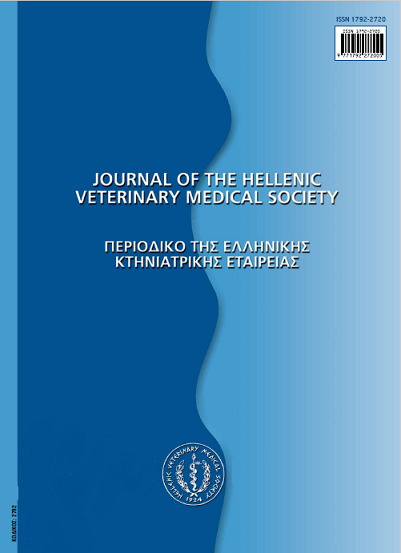Hepatitis E
Resumen
HEV is responsible for large epidemics of acute hepatitis and sporadic cases in southeast and central Asia, the Middle East, parts of Africa and Mexico. Few HEV infections have been reported in non-travelers in industrialized countries, including the Netherlands. HEV infection spreads by the fecal-oral route, usually through contaminated water. The clinical illness resembles other forms of acute viral hepatitis, with onset after an incubation period of one to eight weeks. Clinical attack rates are the highest among young adults. In younger age groups, infections are more often anicteric and asymptomatic. Chronic HEV infection has not been observed. Although the death rate is usually low (0.07% to 0.6%), the illness may be particularly severe among pregnant women, with death rates as high as 25%. To date, no specific treatment is available for HEV infection. Ensuring a clean drinking water supply remains the best preventive strategy. HEV is a small, non-enveloped virus that has apositive-sense, single-stranded RNA genome of approximately 7.2 Kb. The genome contains three open reading frames (ORFs). In general, different genotypes circulate within different geographical areas, (genotype 1: Southeast and Central Asia, genotype 2: Mexico, genotype 3: USA-US1,US2 , SwUS and genotype 4: China). HEV was initially considered to be a member of the family Caliciviridae. However, on the basis of comparative phylogenetic analysis, it was recendy removed from the Caliciviridae family. In Western Europe and the United States, clinical cases of hepatitis caused by HEV are rare and most often they have been associated with travel to areas, where HEV is endemic. However, novel strains of HEV have been isolated in the US and in Europe from patients without a history of travel to regions endemic for HEV. Serological studies in industrialized countries have shown that the prevalence of anti-HEV antibodies is 1-6% among blood donors and is much higher in some populations. The cause of this relatively high prevalence of anti-HEV in countries, where clinical hepatitis E is rare, is unknown. Balayan et al. first demonstrated that domestic pigs could be experimentally infected with a human HEV isolate. Clayson et al. subsequently detected RNA and antibodies of HEV in pigs in Nepal, but the virus was not characterized. A unique swine HEV was first isolated in 1997. Later studies revealed that swine from other countries, such as Australia, Vietnam, Taiwan, Canada, Spain and Greece, were also infected with HEV. The swine HEV strain isolated from a pig in Illinois is genetically very closely related to two U.S. strains of human HEV. Similarly, the swine HEV strains isolated from pigs in Taiwan are closely related to Taiwanese strains of human HEV. Interspecies transmission of HEV has been experimentally demonstrated: swine HEV infected non-human primates and a strain of human HEV infected pigs. Also, HEV from swine might sometimes be transmitted to humans through environmental contact. These findings implicate a possible transmission of the virus from pigs to humans. These data suggested that HEV infection of humans through contact with pigs may be possible and that swine veterinarians and other pig handlers may be at risk of zoonotic infection.
Article Details
- Cómo citar
-
SIOCHU (Α. ΣΙΩΧΟΥ) A. (2017). Hepatitis E. Journal of the Hellenic Veterinary Medical Society, 54(3), 236–241. https://doi.org/10.12681/jhvms.15264
- Número
- Vol. 54 Núm. 3 (2003)
- Sección
- Review Articles
Authors who publish with this journal agree to the following terms:
· Authors retain copyright and grant the journal right of first publication with the work simultaneously licensed under a Creative Commons Attribution Non-Commercial License that allows others to share the work with an acknowledgement of the work's authorship and initial publication in this journal.
· Authors are able to enter into separate, additional contractual arrangements for the non-exclusive distribution of the journal's published version of the work (e.g. post it to an institutional repository or publish it in a book), with an acknowledgement of its initial publication in this journal.
· Authors are permitted and encouraged to post their work online (preferably in institutional repositories or on their website) prior to and during the submission process, as it can lead to productive exchanges, as well as earlier and greater citation of published work.



